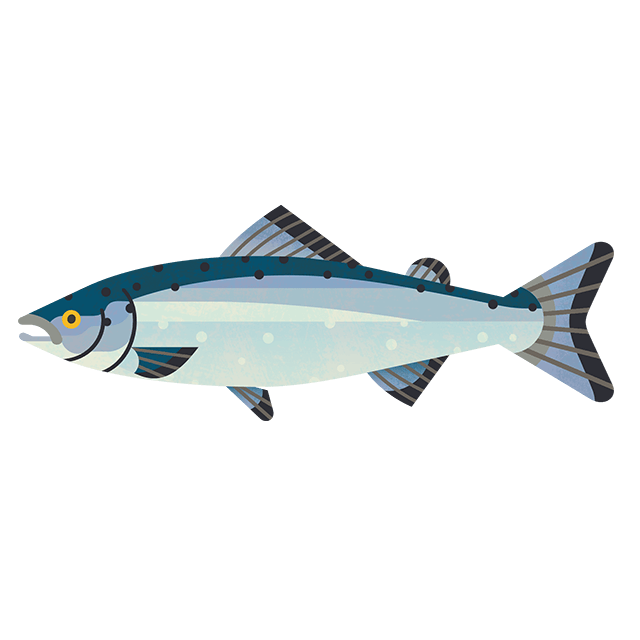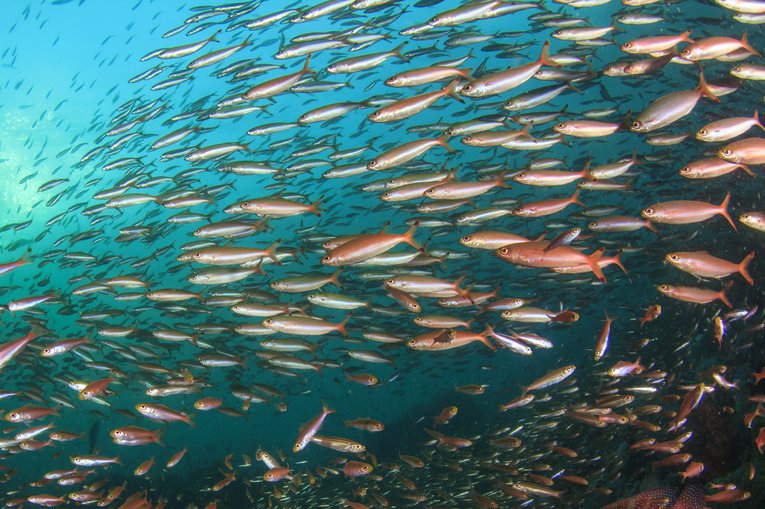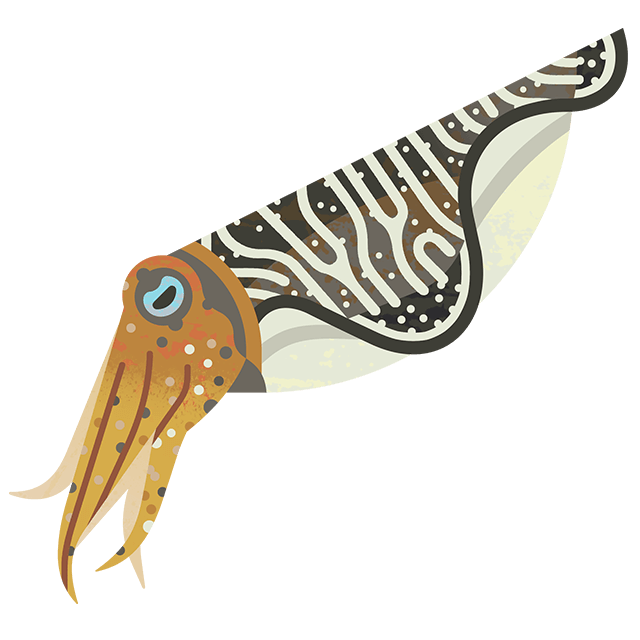
Sustainable seafood tips for Christmas
What's on your plate has an impact on the planet and our ocean, so we've come up with 12 sustainable seafood tips to help you have an ocean-friendly fish-mas.
1. Mix it up
Try choosing a fish in the supermarket, on a menu or from your fish monger that you haven’t tried before!
80% of the seafood we eat in the UK is made up of just 5 species! Take a look at our top swaps, and recipes for inspiration!
2. Avoid red rated
You wouldn’t eat a panda for Christmas dinner, yet some of the fish on our menus are as endangered as the Bengal tiger!
Check the Good Fish Guide to make sure you are not causing populations to decline or undue damage to the marine environment.
Our ratings also cover things like management and bycatch, they are really thorough!
Is the fish on your plate red-rated?
Search our Good Fish Guide ratings and find out now

3. Eat farmed shellfish
Shellfish are a very climate friendly choice when choosing seafood.
Farmed shellfish don’t require any feed, they get their food filtering the oceans, cleaning it as they go. Farmed mussels, scallops and clams are all fantastic options!
4. Look for HOW your seafood is caught
Look for low-impact fishing and farming methods to prevent significant harm to marine species and habitats.
More environmentally-friendly methods include pots, hand-diving, or pole and line fishing. The Good Fish Guide includes factors such as by-catch in ratings which varies depending how the seafood was caught.
5. Look for eco-labels
If you’re eating prawns this Christmas, be sure to check for eco-labels. Certified seafood has to meet stricter requirements for minimising environmental impact and tracking exactly where it has come from and how it was caught or farmed.
Look out for the Marine Stewardship Council (MSC) blue tick, as well as labels from the Soil Association and those certified Organic.

Eco-labels can help you to understand more about how the seafood was caught or farmed.
7. New Year’s resolution
Stuck for ideas for your New Year’s resolution? Why not eat for the climate and consider going 'climatarian'? By eating sustainable seafood you are helping our oceans to recover.
Seafood when farmed or caught sustainably has a much lesser impact on the environment, and emits less CO2, than land-farmed animal protein.
8. Easy swaps
There are some really easy swaps that you can make that will make very little difference to your favourite meals, but make a huge difference to our oceans.
Think about swapping salmon for farmed trout, or cod and haddock for less widely eaten (yet equally tasty) coley or hake.
Check out our article on the top five sustainable seafood swaps to get inspiration.

9. Tell your local chippy or pub about the Good Fish Guide for Business
The Good Fish Guide for Business is a free tool that chefs and restaurants can use to make sure that they are buying the right fish for our planet.
While you’re waiting for your chips to fry, or propping up your elbow on the bar of a restaurant, why not strike up conversation about it and ask if they use it.
You’ll be surprised how many businesses are using it already!
10. Look for WHERE your seafood was caught or farmed
It’s really important to find out where your seafood was caught.
Populations of fish in different areas varies a lot, so whilst it might be more sustainable to catch cod in Iceland at the moment, it’s definitely not sustainable to catch it around the UK where numbers are low.
Look for this info and check it on the Good Fish Guide.
11. Talk to your fishmonger
Your fishmonger, in a supermarket or independent store, will have a wealth of knowledge on the seafood your looking at, including where and how it was caught, and what to do with it.
Start talking and they should be able to advise on the most sustainable options, and might inspire you to try something new.
We've got some great tips for you to help you shop for sustainable seafood.

Credit: © Bute St Seafoodie
12. Download our Guide
You can save the Good Fish Guide directly to your phone by going straight to the Good Fish Guide on your phone's browser.
You’ll be prompted to ‘download now’ and when you do, you’ll even be able to check ratings offline when in the supermarket.
Every purchase matters!





